New Map Shows Split-Dalmatia County Development Projects Transforming Region
May 1, 2021 - A map of the Split-Dalmatia County development projects for better project visibility.
Jutarnji List reports that numerous development projects have been started and largely completed in the Split-Dalmatia area in recent years. Through its administrative departments and institutions, the county has actively and constantly invested in the balanced development of the county through several most essential categories. Split-Dalmatia County has the most local governments, with as many as 16 cities and 39 municipalities, including county projects and investment programs. For better project visibility, and in cooperation with the Public Institution RERA S.D. as the regional coordinator of that county and all county services, a map of development projects of the Split-Dalmatia County was made. The map shows the geographical distribution of development projects through a total of eight categories. It is designed as a tool that will be updated with new projects in the future.
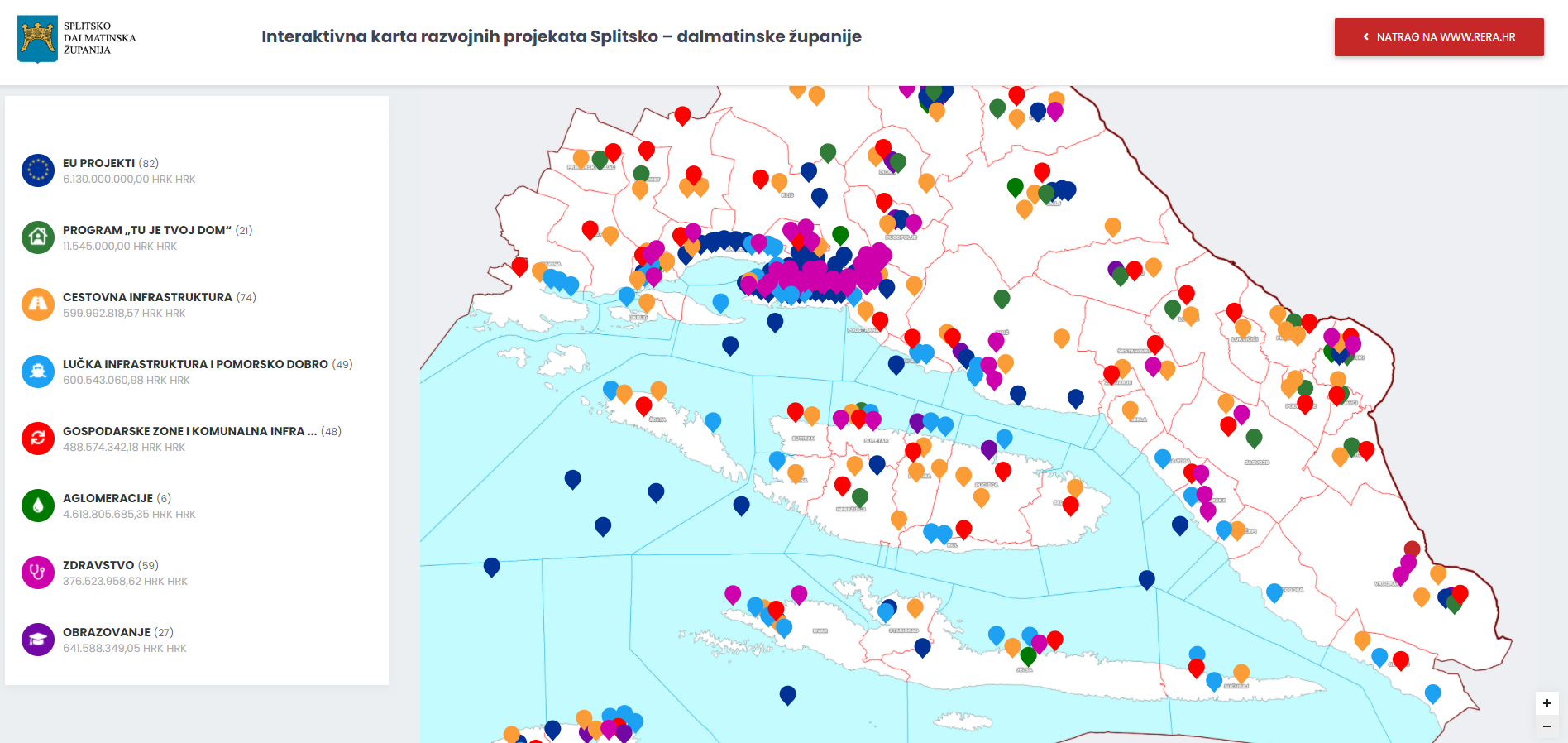
Eight categories refer to the most critical areas of investment, so it is evident that in recent years almost 600 million kuna has been invested in road infrastructure through numerous projects of the competent county administrative department, projects of the County Road Administration, but also the most critical projects of Croatian Roads. Port infrastructure and maritime property, in a county that is largely oriented towards the sea, is a significant development resource, so through this category, more than 36 million kuna has been invested in the maritime domain, in the areas of various local governments in the coast and on islands. In recent years the County Port Authority has started and partly already implemented development projects for the construction, rehabilitation and arrangement of port infrastructure in the value of more than 427 million kuna.
Economic zones and communal infrastructure were developed through 48 individual investments worth more than 34 million kuna.
In the county's area, six investment projects in water supply and drainage have been launched, which, with the partnership and support of the county services, are being implemented by Croatian Waters. These are projects worth more than four billion kuna. They relate to the Agglomeration SPLIT-KLIS-DUGOPOLJE-PODSTRANA-SOLIN, Agglomeration KAŠTELA-TROGIR-DISTRICT (SPLIT) -SEGET, Agglomeration TRILJ-ISLAND-DICMO JRACKA, Aglome STARI GRAD, and IMOTSKI Agglomeration.
Health care has been a current topic before, and especially in recent years, with constantly growing needs, to which the county responded with projects of almost 377 million kuna. Investments were made in 12 branches of Health Center facilities, equipment and premises for the Teaching Institute for Public Health, eight branches of the. Split-Dalmatia County Institute of Emergency Medicine, procuring 35 ambulances, but also strengthening human capacity through more than 80 specialist medical training. KBC Split, as the backbone of the health system, in cooperation with the County, is implementing projects worth more than 427 million kuna. The Split-Dalmatia Pharmacies made a significant step forward with the realized project of building and equipping the Galenic-Analytical Laboratory worth 70 million kuna.
As one of the categories, the map shows education, i.e., projects of construction, rehabilitation, reconstruction, and energy renovation of schools and dormitories, 17 facilities, a total of 105,694,040.02 kuna, and two projects of regional centers of excellence - Tourist School Split - 170 million kuna and Crafts - technical school Split - 82 million kuna. The projects carried out by the University of Split are also presented, and which were also realized with the support and partnership of the county.
Although the map defines the category "There is your home," the program that encourages demographic renewal through incentives for young families from rural areas to build and adapt houses, where a total of 120 individual contracts are visible distributed in 21 local government units, demographic renewal of rural areas is encouraged through several other measures and incentives.
One of the crucial categories on the map is EU projects. Those projects in which the holder or partner is a county or one of the county institutions are presented, and they relate to various economic and social sectors. Numerous projects listed in other categories are financed from EU funds, such as some significant road and port infrastructure projects, energy renovation projects of schools, construction and equipping of branches of the Health Center or projects of KBC Split, University of Split, and agglomerations. EU funds are the flywheel and wind in the back of a large number of our development projects, and over the past year, the county has gathered staff in its services who successfully implement the started and prepare new EU projects. In Split-Dalmatia County, more than 6 billion and 130 million kuna worth of projects financed from EU funds has been contracted so far.
For more, follow our business section.
PHOTOS: Extraordinary Plants of Klis Fortress Show Two Sides of Dalmatia
January 2, 2021 – High on the mountains, overlooking the city of Split, the historic settlement of Klis stands on the border between two distinct climate regions – the Mediterranean and the Dalmatian hinterland. The sometimes rare and extraordinary plants of Klis Fortress are characteristic of both. A new book details the flora you can find on both sides of the Dinaric Alps
The views from Klis are spectacular. The great city of Split lies below you, perched on the edge of the glistening Adriatic, beyond it, the islands of Čiovo, Šolta, Brac, Vis and Hvar. It's a view that has been admired for over 2000 years.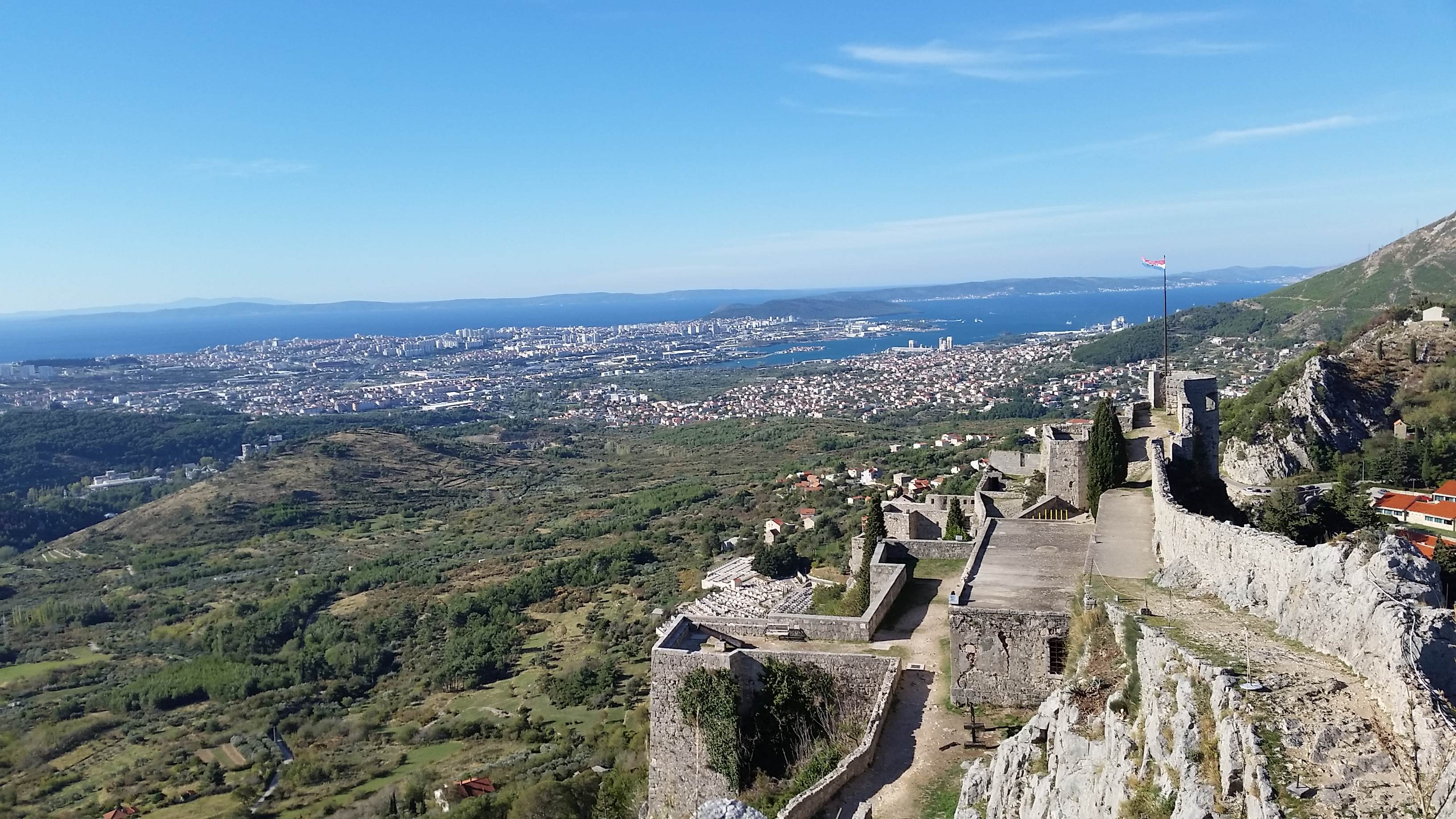 The view from Klis Fortress
The view from Klis Fortress
That's how long a fortress has stood here. Restructured and rebuilt several times over the millennia, within the walls of the impressive Klis Fortress lie much of the recent history of these lands – of the Illyrians and the Romans, the arrival of both Slavic people and of Christianity, the defence of Christian Europe from the Ottomans. So steeped in history are these walls, little wonder the fortress was chosen as a filming location for the popular Game Of Thrones series.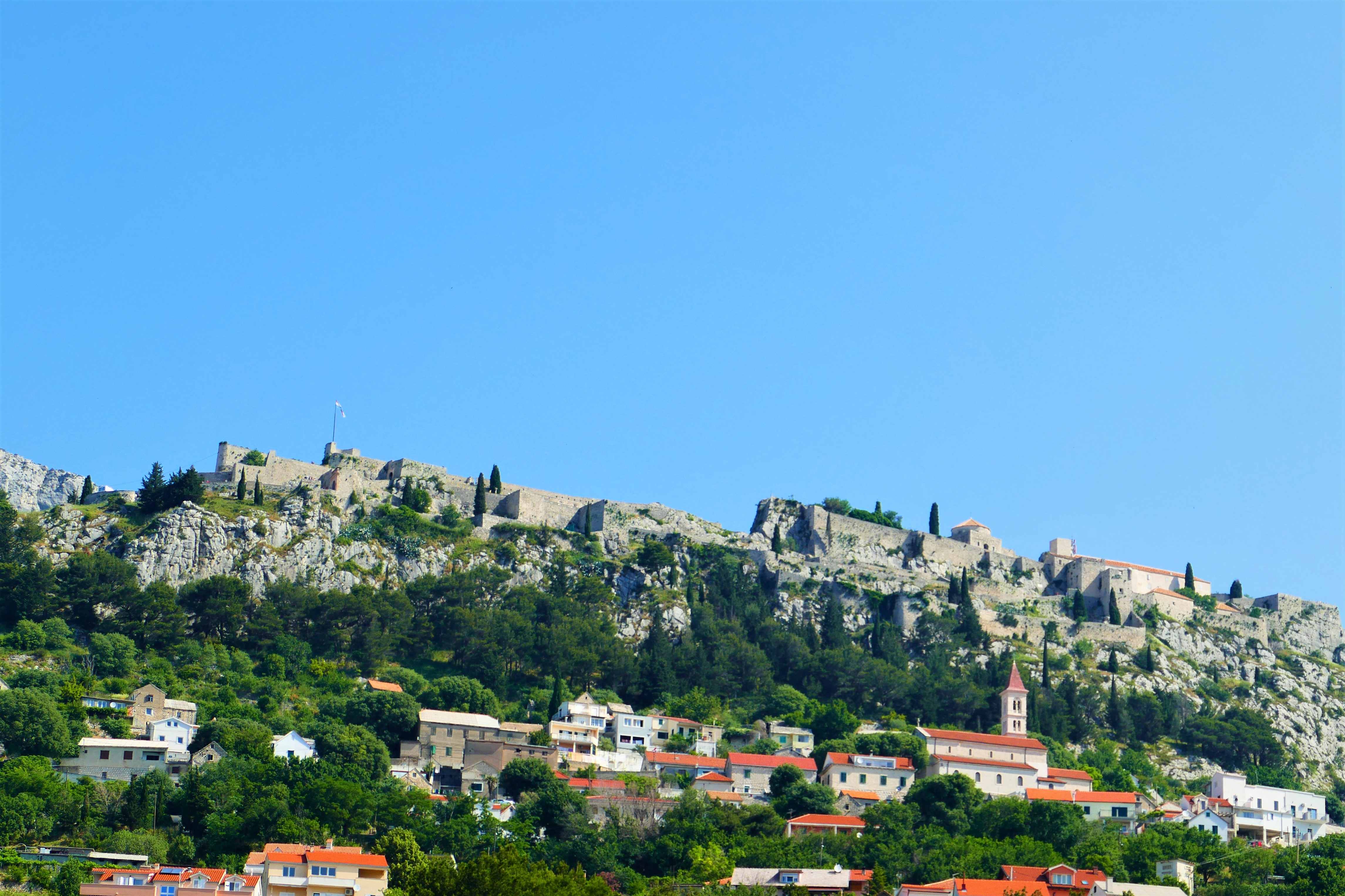 Klis Fortress
Klis Fortress
With its view so irresistibly inviting the eye, you could be forgiven for missing the plants of Klis Fortress. That's unfortunate. The fort straddles the top of the Dinaric Alps – one half existing within the sub-Mediterranean climate of the Dalmatian hinterland, the other on the distinctly warmer side of the Adriatic. This creates a unique environment for a wealth of flora. Not used as a fortress since the threat of Ottoman invasion subsided, these days the structure usually welcomes only tourists. The plants of Klis Fortress have reached into the grounds of the buildings, indeed into its very walls.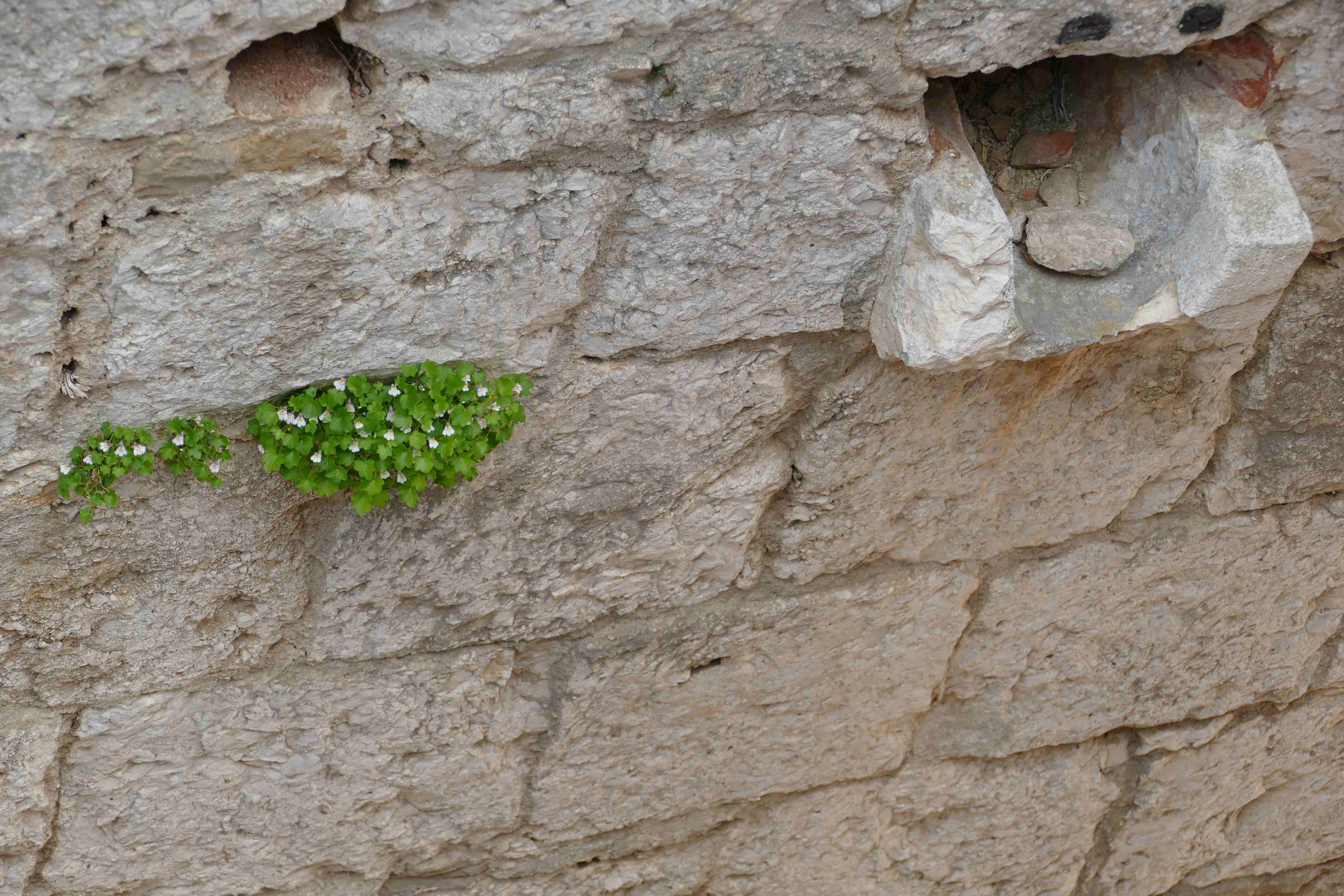 Cymbalaria muralis - Ivy Leaved Toadflax within the walls of Klis Fortress
Cymbalaria muralis - Ivy Leaved Toadflax within the walls of Klis Fortress
One person for who the plants of Klis Fortress did not go unnoticed is Ivan Limić. He lived in Klis all of his life, before leaving to get his degree, then a masters, at the Forestry department of the University of Zagreb. Today, he works for the Institute for Adriatic Crops and Karst Reclamation (IAC) on a PhD student's position. Having a specific interest in botany, he knows the plants of Klis Fortress better than most and after he met botanist Vedran Šegota of Herbarium Croaticum while in Zagreb, they decided they should work on a project together. After several years of work, that project - a book, 'Biljke Tvrdave Klis (Plants of Klis Fortress)' – has finally been released. Although helmed by co-authors Vedran and Ivan, it has actually been a project that involved a much greater group of contributors, not least the community of Klis and some of the best botanists in Croatia.
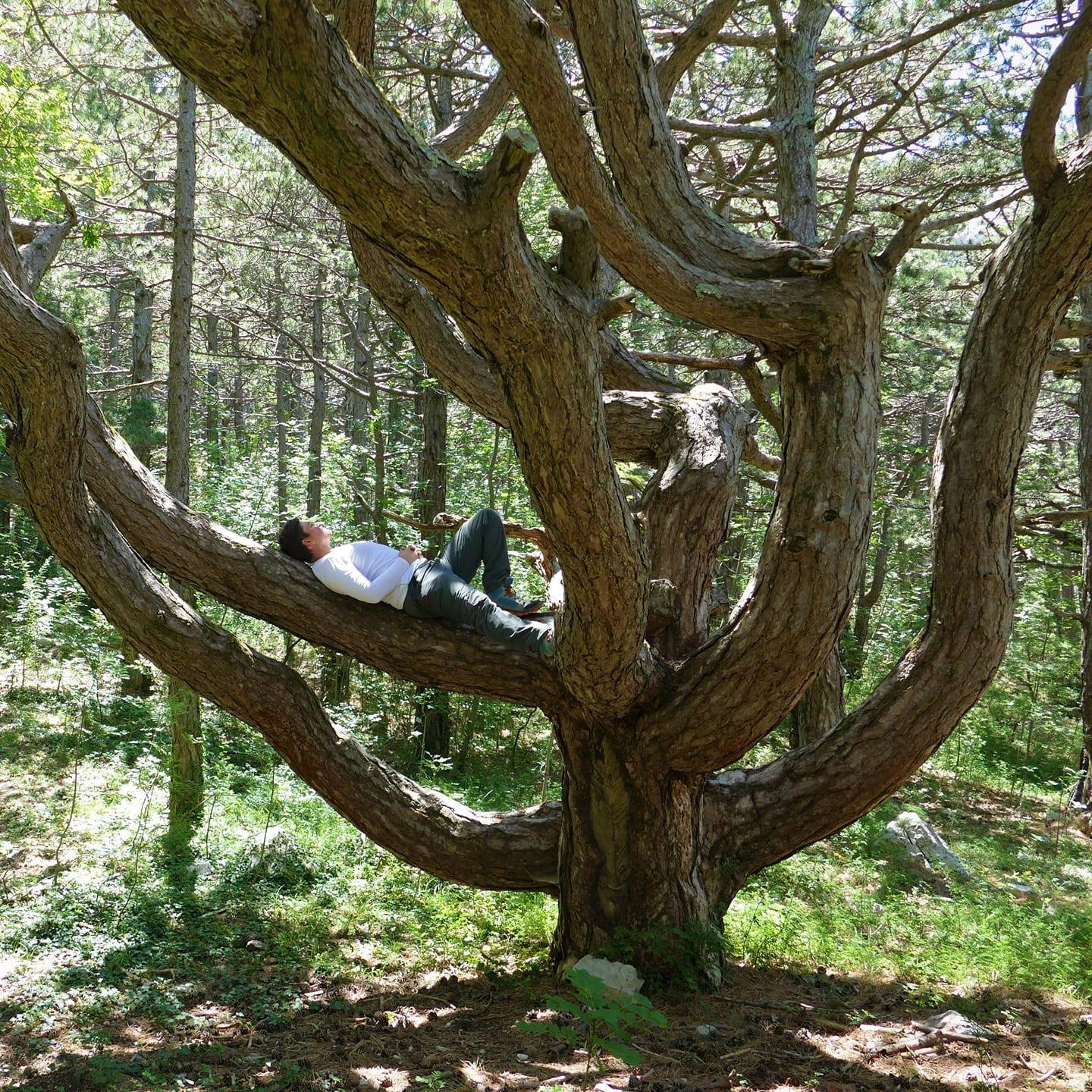
Ivan Limić, co-author of 'Plants of Klis Fortress', relaxing in a Black Pine
TCN talked with Ivan Limić to find out more about the book and about the plants of Klis Fortress
I first met Vedran when I started volunteering at Herbarium Croaticum Zagreb. I was in the city doing my degree. My main interests are forest silviculture and soil erosion, karst melioration, assessment of atmospheric deposition, study of flora, plant determination in Mediterranean region forest ecosystems and the effects of forest fires in those areas. We talked about doing a joint project because we shared similar interests. Vedran came to visit me in Klis and I wanted to show him around the fortress, but looking specifically at the flora. That's when we decided we should do a book about the plants of Klis Fortress.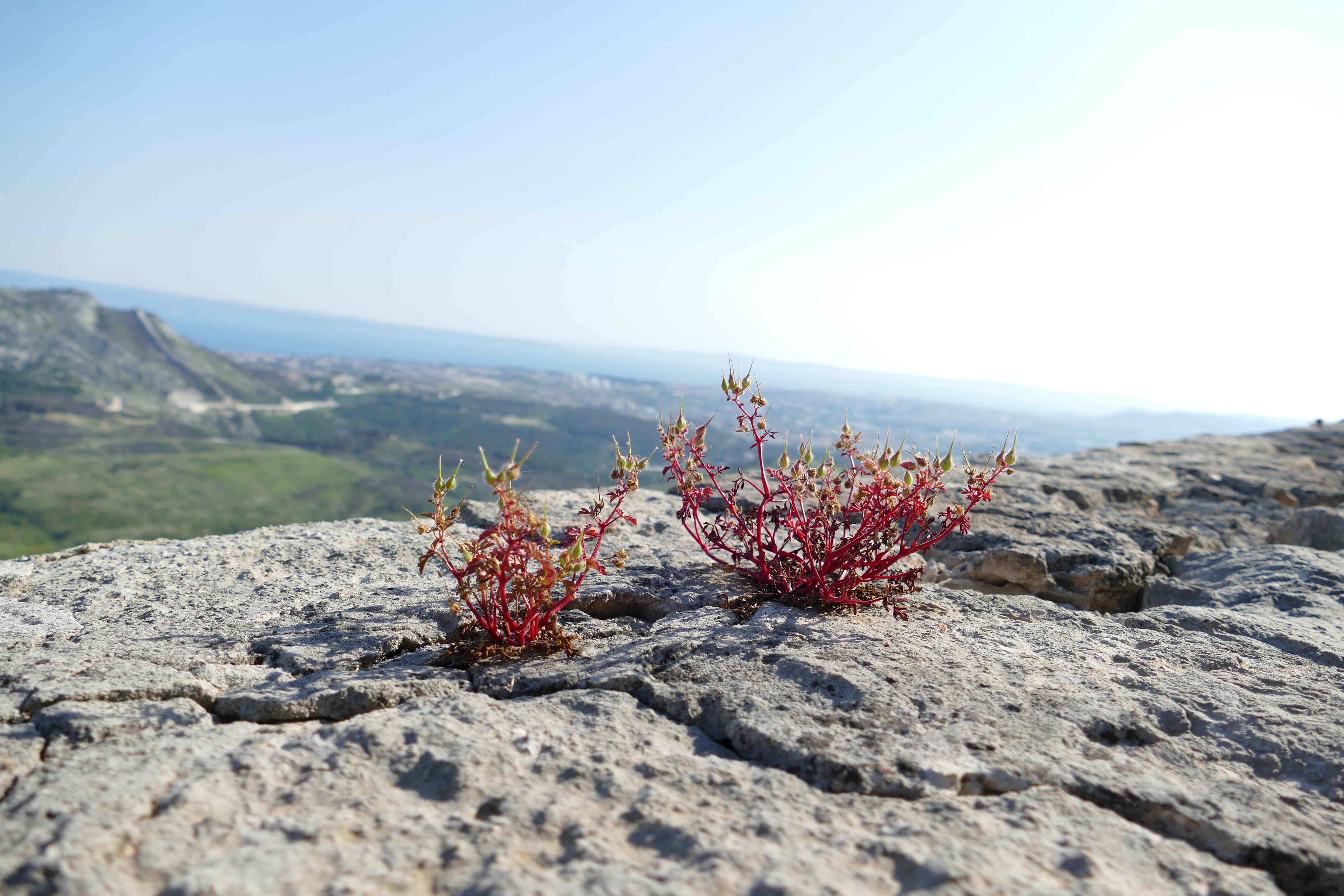 Geranium purpureum, the little-robin
Geranium purpureum, the little-robin
I walked around Klis Fortress all my life. When you live in a place, you not only acquire so much information about that place over the years, you also have an emotional connection to it. That's not something you can read in every book. Hopefully, with our book, we managed to get a sense of that emotional attachment across, so that you can really feel the place.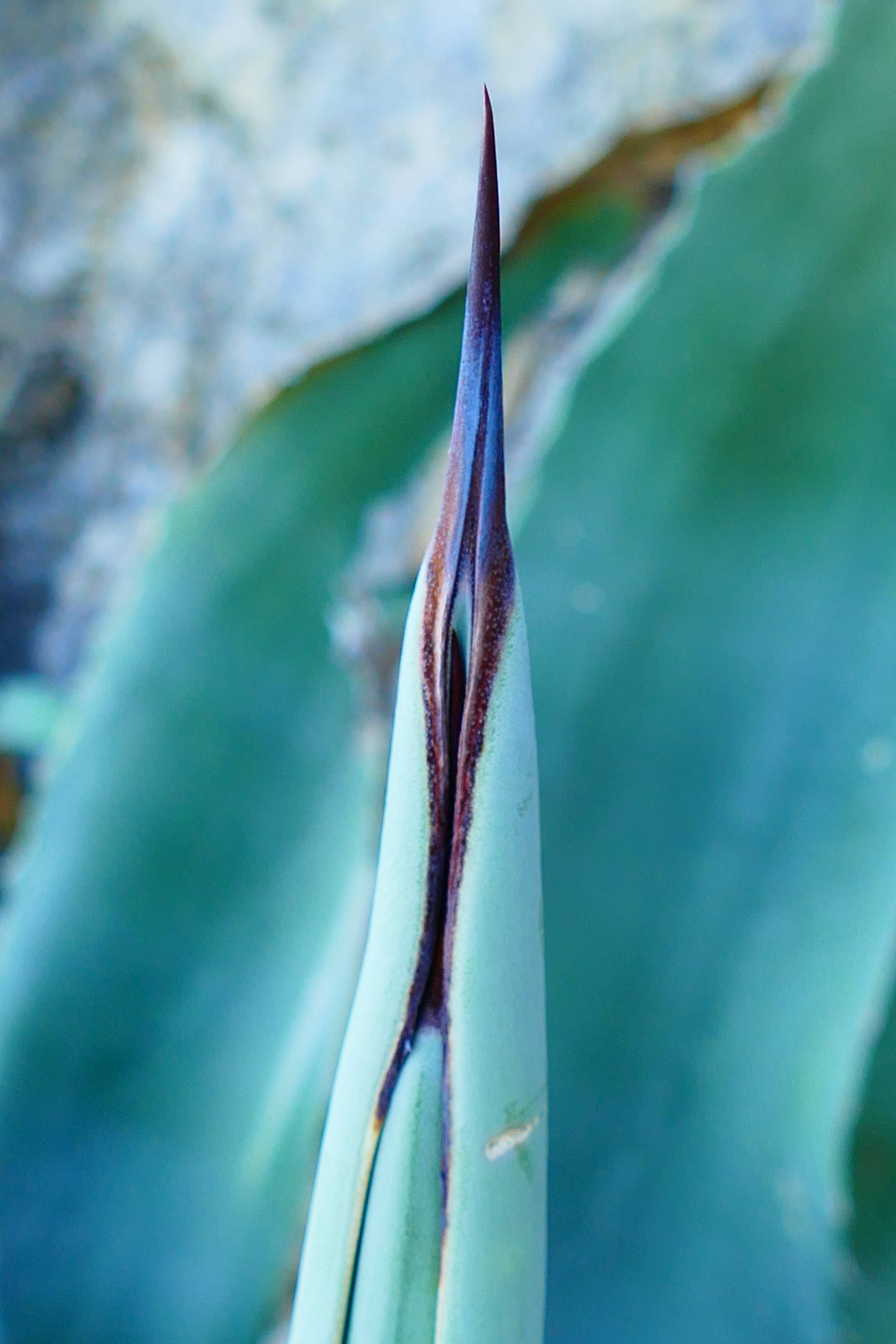 Agave americana
Agave americana
In a way, the special thing about the plants of Klis Fortress is that they are not so special at all – they are extremely characteristic. But, they are characteristic of two completely different climate regions.
On the south side of Klis Fortress, it is very warm and sunny – the Mediterranean climate. You can find species like Aleppo pine. On the northern side of Klis Fortress, it is colder – the sub-Mediterranean climate. Here, you can even get snow in winter and the most common species is Black pine. Two completely different climate regions in just a 50 metre stretch diagonally along the ground. That's what makes it extraordinary.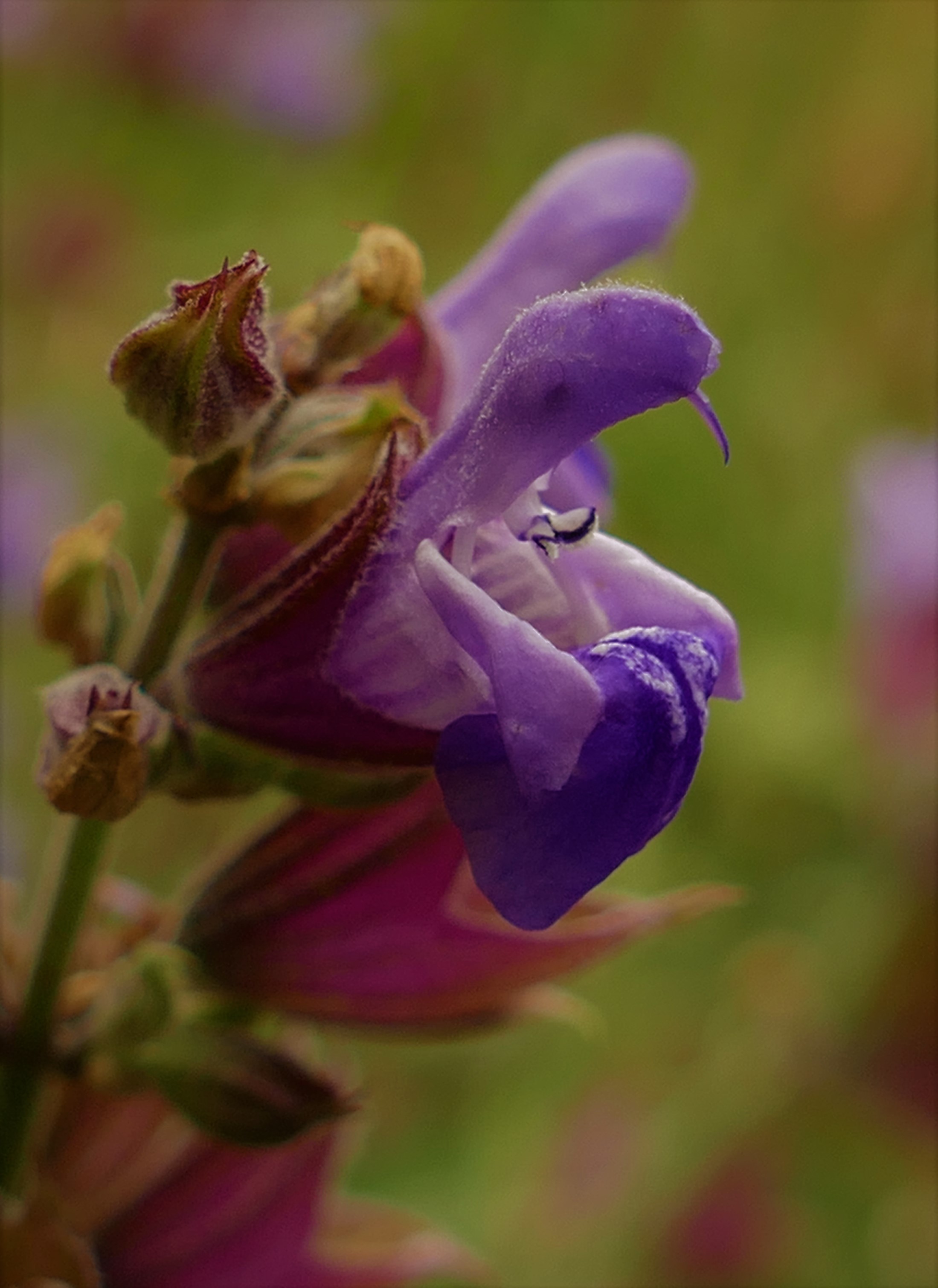 Salvia officinalis (sage)
Salvia officinalis (sage)
The plants of Klis Fortress include more than 300 species. We have around 100 of them listed in the book. Of those, 16 are species endemic to this area. Some of those are extremely rare - you can find them in very few places in Croatia - such as Fibigia triquetra. That plant is actually one of the reasons why this book exists. When I was a child, people used to tell me that some of the plants of Klis Fortress were very unusual and very rare. I used to walk around the fortress, looking at all the plants, trying to guess which ones were the unusual and rare species.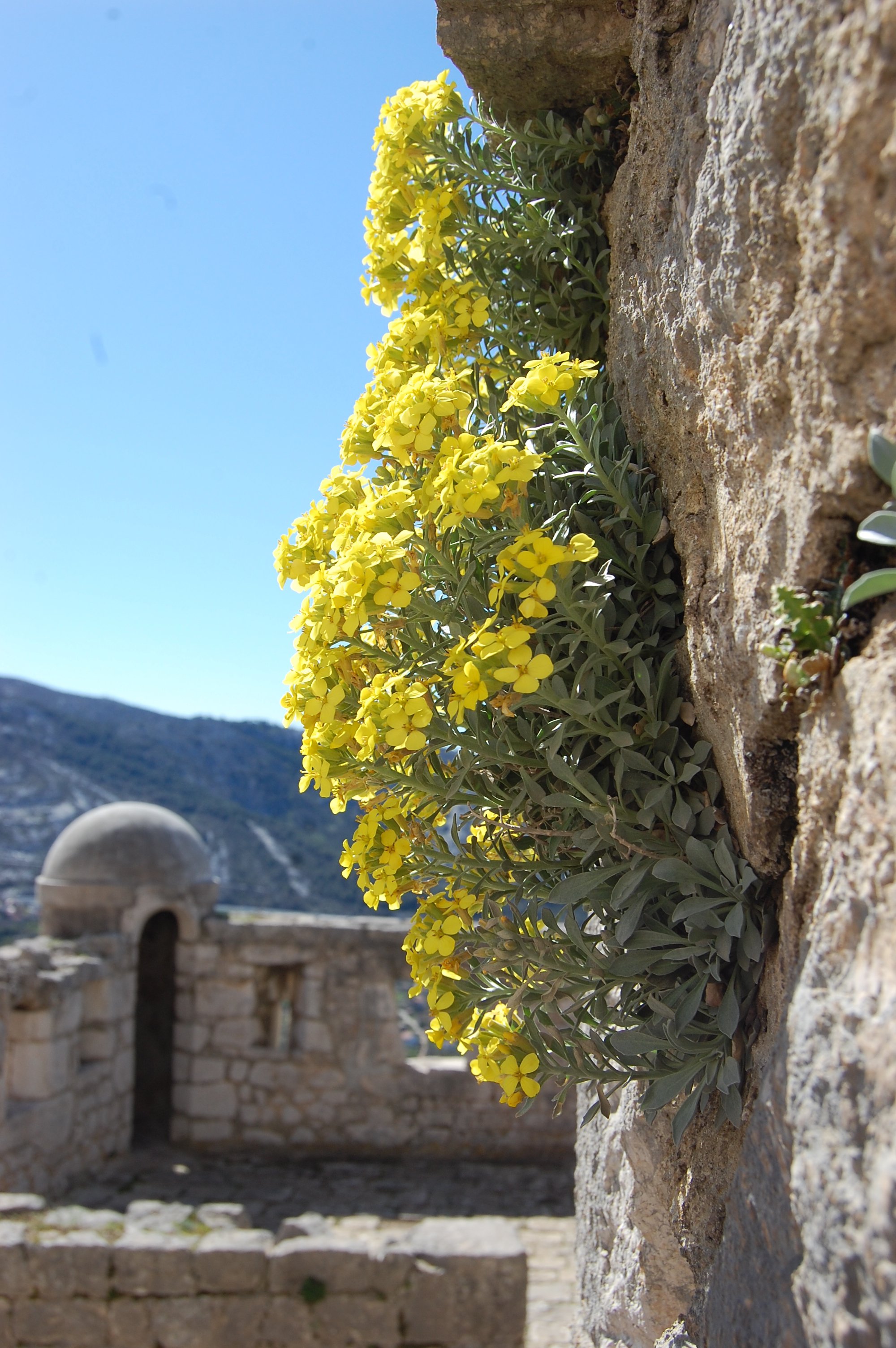 Fibigia triquetra
Fibigia triquetra
The man who first identified this as a unique, endemic species actually discovered his first specimen inside Klis Fortress. All of the studies and writings he made about the plant were done here. That plant is now the symbol of Klis Fortress.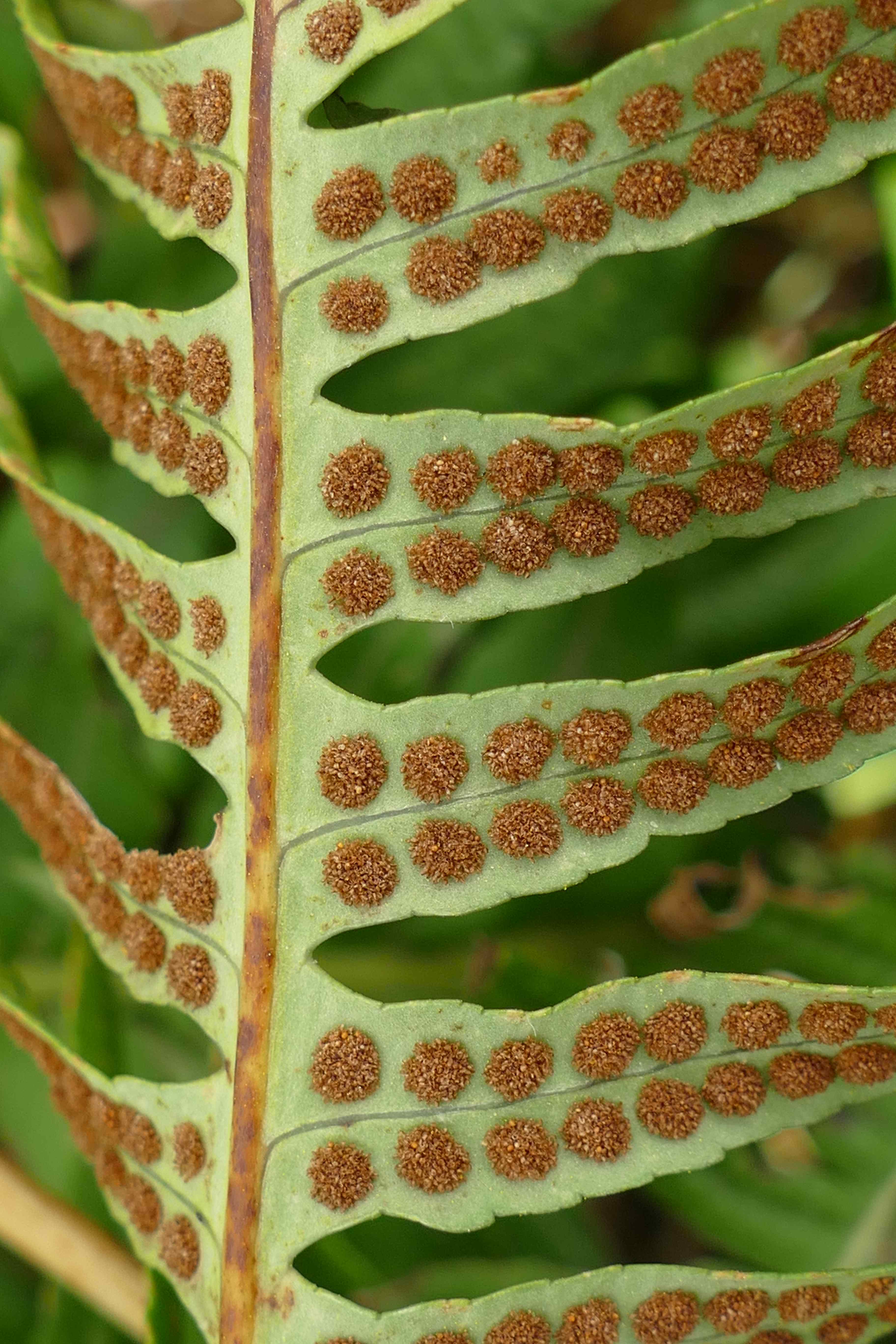 Polypodium cambricum
Polypodium cambricum
You can find our book in Klis library. Anyone can borrow it. It's also available at the entrance to Klis Fortress, where you buy the tickets. We wanted to give the opportunity to anyone who comes here to learn about the plants of this region – that's why we made such an effort to have the book in five languages. It was designed as a guide to the plant species of the whole Mediterranean mountain region in Croatia, so it's not just for the plants of Klis Fortress or the people who come to Klis Fortress itself.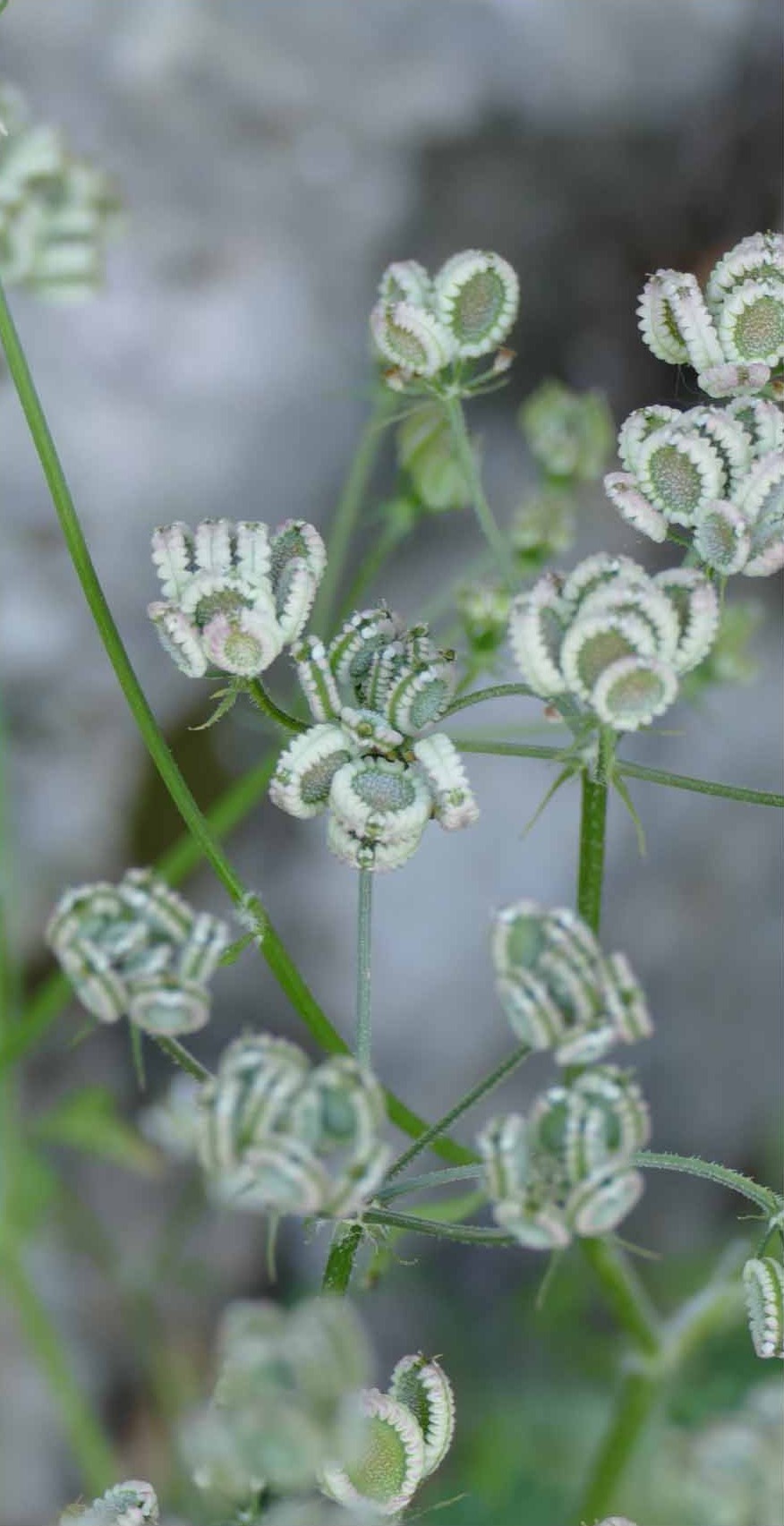 Tordylium
Tordylium
Most of the photography in the book was done by ourselves. It was important to take the photographs across four different seasons. That's one of the reasons it took almost two years to write this book.
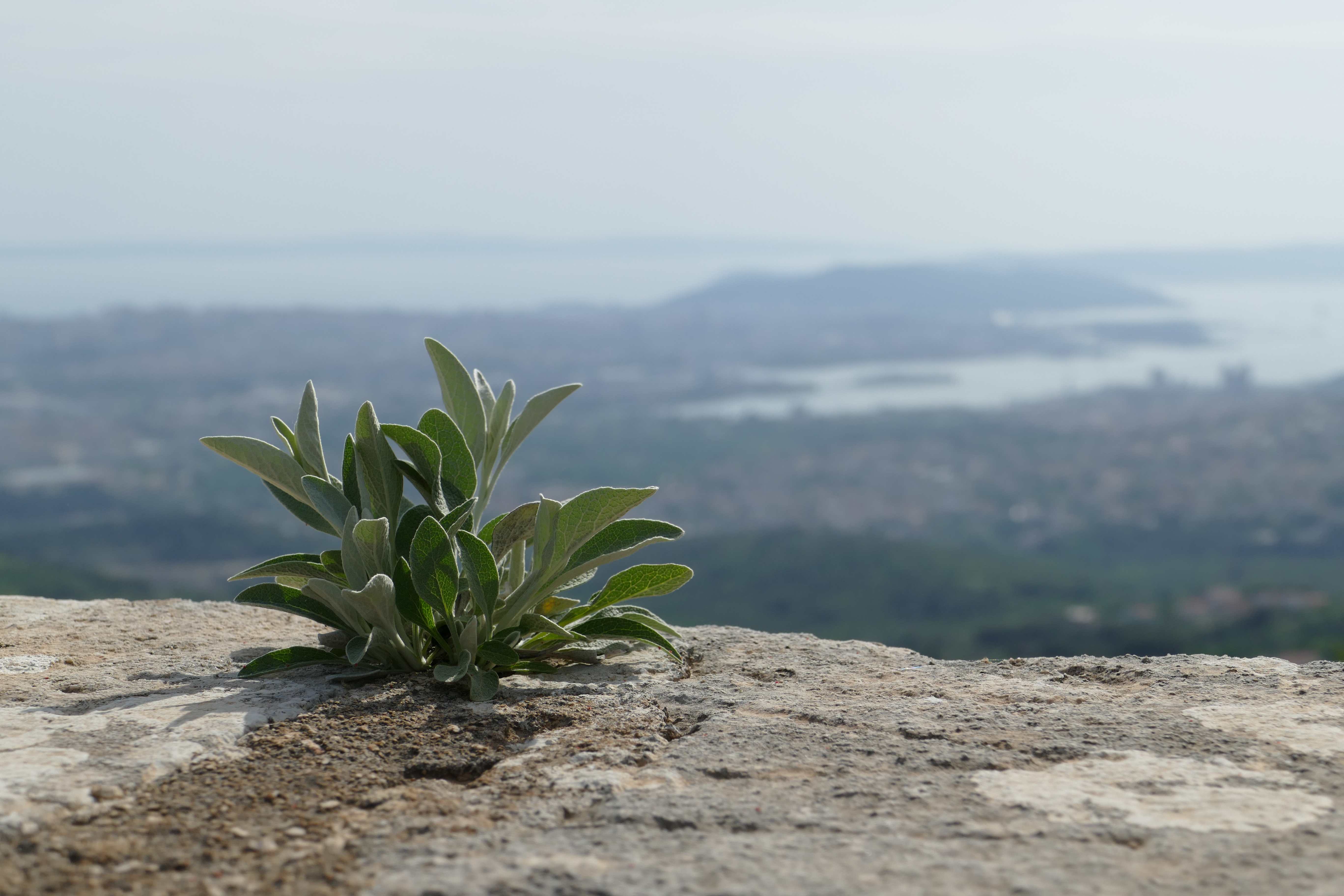 Inula Verbascifolia
Inula Verbascifolia
As we were making progress on the book, people in Klis began to find out what we were doing. It ended up becoming a project of the wider community. The mayor of Klis supported the project financially so that we were able to publish the book professionally and the library of Klis edited and published the book.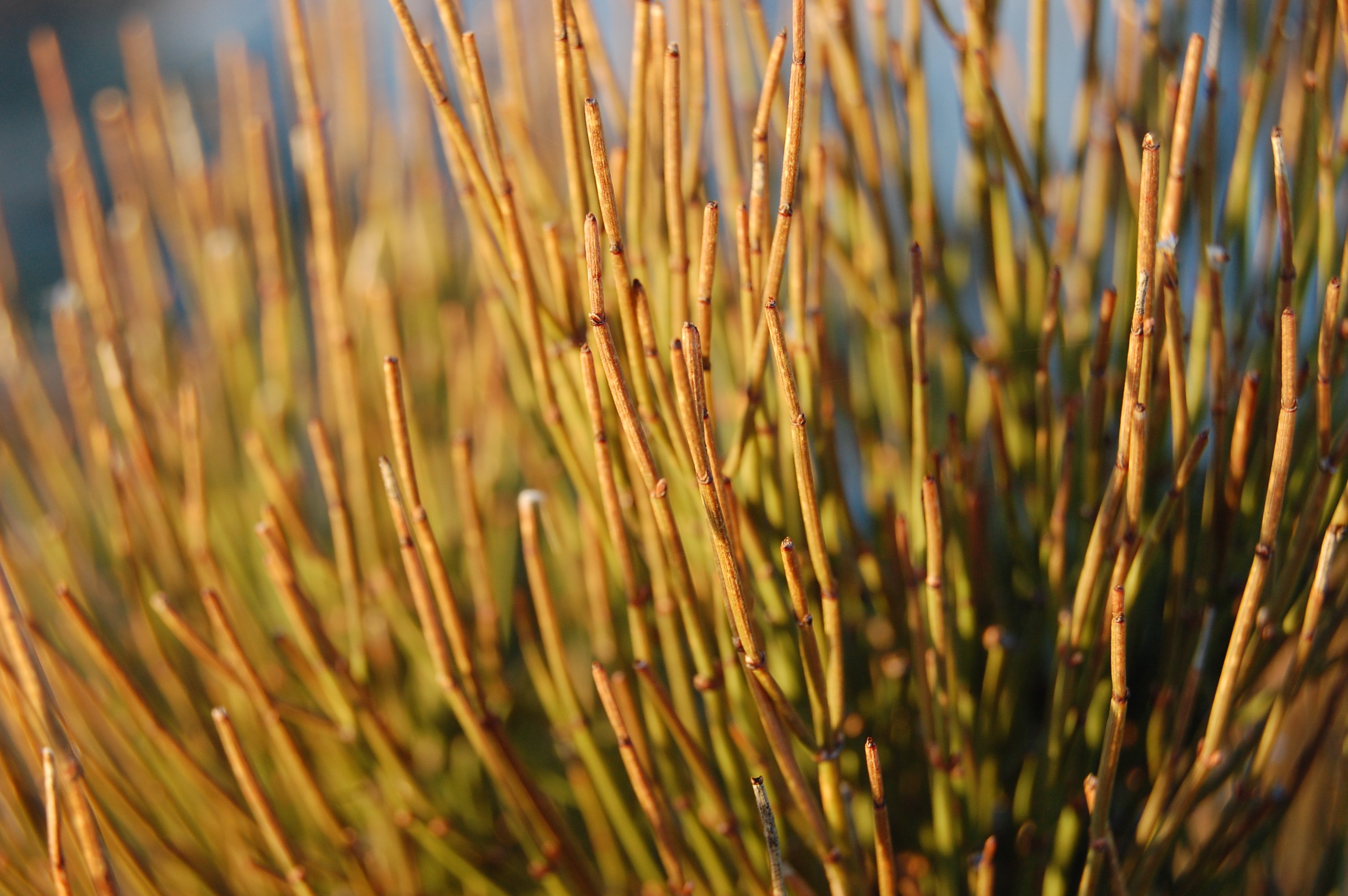 Ephedra major
Ephedra major
Others contributed to the design of the book and the translations, of course. Almost all of them donated their time and work to the project for free. It is quite difficult to translate some of this specific text correctly and we wanted to get it absolutely right. 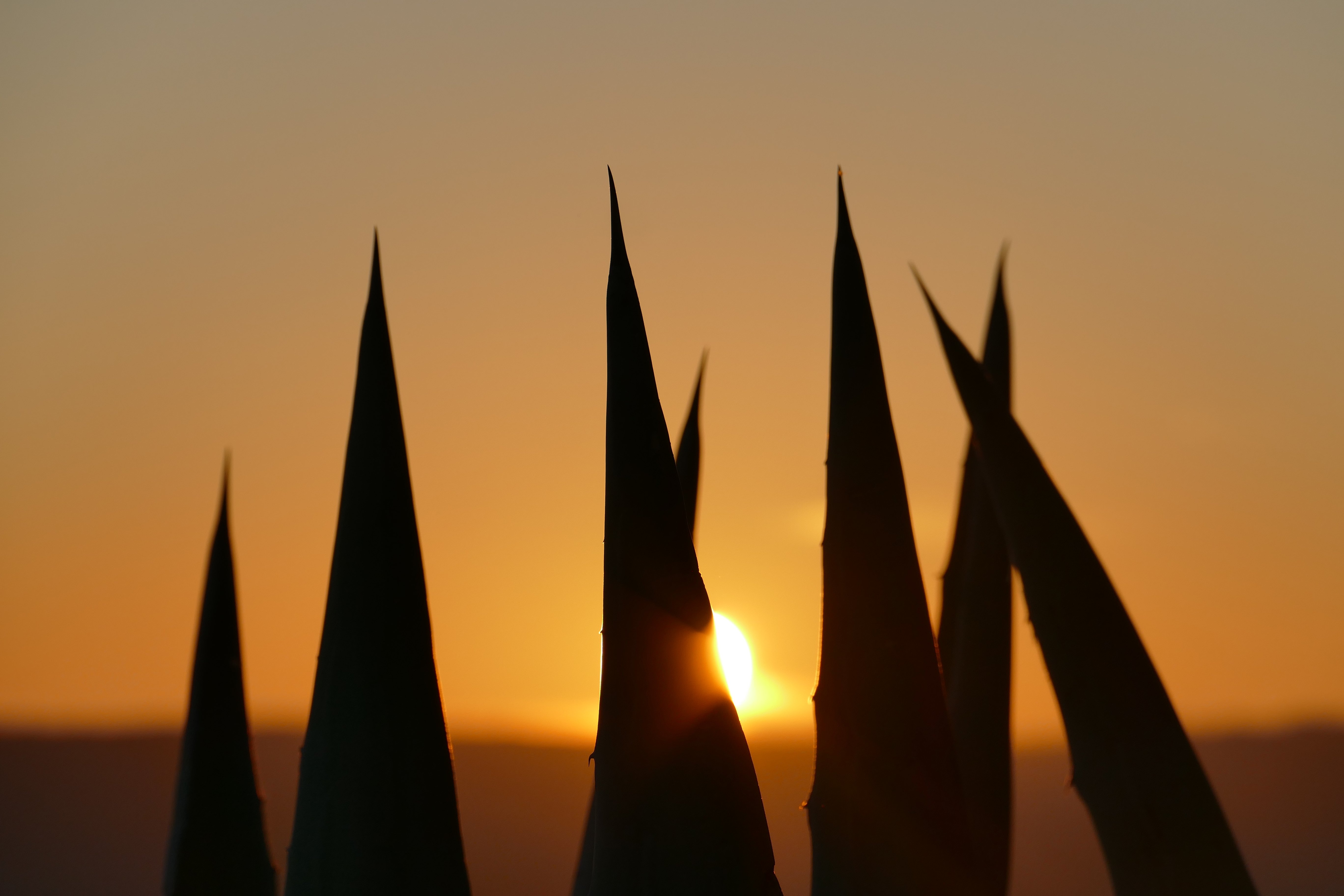 Agave americana
Agave americana
In the end, we ended up getting contributions from Italy and France, we had one colleague from the French embassy who helped and some of the best botanists we have in Croatia contributed to the book to make sure everything was absolutely correct. For that reason, the book was approved and recommended by the Botanical Society of Croatia and can be found in the Botanical library.
All images © Ivan Limić / The Plants of Klis Fortress
Split-Dalmatia County Allocates 750,000 Kuna for 18 Tourism Projects
October 21, 2020 - Good news for tourism in Dalmatia, as Split-Dalmatia County allocates 750,000 kuna for the development of tourism-related projects in 18 of its cities and municipalities.
Namely, Index.hr reports that these are projects that cities and municipalities have applied for in a public tender and approved by the Project Selection Committee.
The largest amount, 110 thousand kuna, was given to the project Jadro-izvor života, which was reported by the City of Solin, followed by the thematic trail Put križa in the municipality of Podbablje (85 thousand), the House of Dalmatian prosciutto and wine in Vrgorac and the project of arranging the access road in the municipality of Lećevica, which received 80 thousand kuna each.
The municipality of Prgomet received 60,000 kuna to arrange an access path to the Znojilo tower, Vrlika received 40,000 kuna for the third phase of lighting the Prozor fortress, Supetar received the same amount for the interior design of the Tourist Information Center (TIC) and the design of Franjo Tuđman Square, as did Hvar for arranging the distillery of the eco-ethno-village Velo Grabje and Stari Grad to valorize its city library.
The municipality of Zadvarje received 30 thousand kuna for arranging the promenade along the Cetina canyon, 20 thousand kuna each was given for Jelsa and Podgora to arrange their promenades and the environment aroound the church of St. Roch, and 15 thousand kuna for the municipality of Postira for preparing project documentation for the accompanying business facility within SC- and Postira.
The municipalities of Milna and Šolta and the city of Trogir received 10,000 kuna each for an Interpretation Center for the Maritime History of the Milna settlement, the city bike-share service, and the arrangement of the Fortin and Žudika parks.
For the latest travel info, bookmark our main travel info article, which is updated daily.
Read the Croatian Travel Update in your language - now available in 24 languages.


